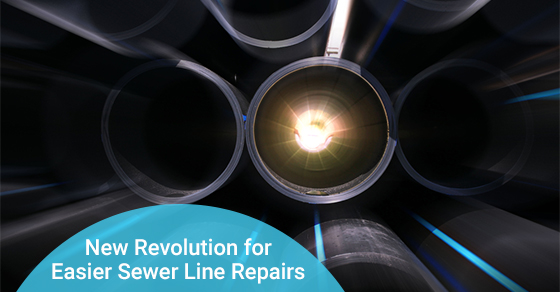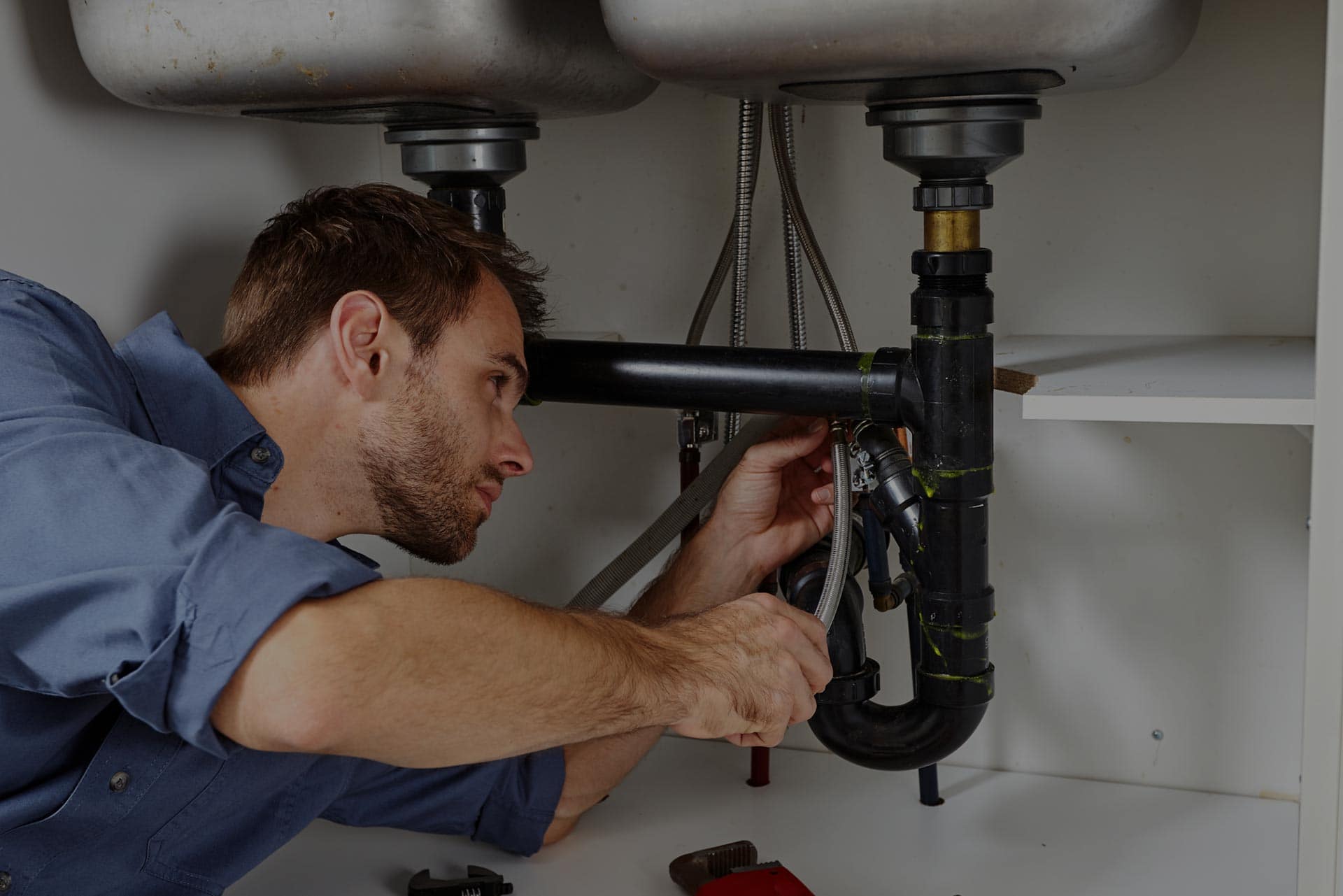
27 Sep Trenchless Technology Makes Sewer Line Repairs Easier
If you’re not familiar with underground infrastructure, you might be wondering what trenchless technology is. It has a wide fanbase of industry professionals, and there’s even a World Trenchless Day to promote its knowledge and use.
Trenchless technology is defined as the family of methods for underground construction that requires minimal to no dug trenches. It encompasses the techniques, equipment, and materials involved in trenchless processes. Trenchless technology is popular because of all the benefits it offers over old methods: less disruption to the environment, surface traffic, businesses, and activities in the area.
Before the advent of trenchless technology, the entire sewer line had to be ousted from the ground for repair. Trenchless technology sees the whole process done using tunneling, microtunneling, horizontal directional drilling, and moling. These procedures require minimal excavation, allowing technicians to use cameras and remote tools to do a precise job.
Traditional methods of sewer pipe repair involved a large investment of time and equipment rental, which was a wholly wasteful process in light of new developments. After a heavy duty excavation job, there can be surface damage to the property affected, requiring extensive landscaping to rectify. Doing repairs using tiny cameras and equipment does the same work, only much more discreetly and effectively.
What are the components of trenchless technology that go into sewer line repair?
- Video cameras
Video cameras have gotten smaller and smaller over the years. While micro-cameras used to be the thing of James Bond movies, now they exist on smartphones. Such tiny cameras are ideal for visualizing hard-to-reach spaces such as underground sewer structures. Plumbers can feed cameras attached to a flexible wire down a sewer pipe, illuminating the way as they go. This gives an up-close-and-personal look at the problem in question, and puts the technicians in the best place to go about fixing it. Without an ounce of digging, plumbers can identify the extent of the problem with microscopic clarity.
- Remote solutions
Once the issue with the pipe has been ascertained, plumbers may be able to fix it by feeding a patch through the pipe internally and placing it over the hole. If this is not possible, two small holes can be dug in the immediate vicinity of the issue so technicians can fix it manually. Either way, the incredibly close perspective afforded by the mini video cameras allows for just as refined a fix. The technician will cover over the holes they made after the fix is complete. Before, fixing a pipe meant tearing up the whole lawn; now, a touch-up job can be done with no onlookers having a clue. Repairs performed using trenchless technology can be completed even faster than by using regular methods, and results can be verified with a higher degree of accuracy.
There are numerous publications and associations devoted to this revolutionary technology. It’s innovations such as trenchless technology that keep civil engineers looking toward better and more technologically savvy ways to optimize processes. However, microscopic technology’s benefits are not limited to plumbing and urban design. Here are some other sectors that are being aided by shrunken down solutions.
- Medicine: Surgeons are now able to perform many operations laparoscopically. This makes the procedure much neater, quicker, and easier to recover from for the patient. The doctor’s accuracy is greatly increased as well, as their field of view is enlarged to show greater detail of internal structures.
- Biological scientists have always used microscopes, but the power and subtlety of today’s microscopes gives unprecedented vantage.
It’s for a good reason that trenchless technology is one of the fastest growing sectors in the plumbing industry. Operating with yesterday’s equipment and practices is a sure way to be eclipsed by the competition. Trade societies want to promote trenchless technology not just for the economic benefits, however, but also for the societal advantages. Honing in on this technology paves the way for greater engineering feats in the future, further optimizing our communities.
Trenchless technology, thanks to advancements in technology and a mind toward working with the earth responsibly, has revolutionized how technicians address municipal plumbing problems. Every industry has been shaped by technology, showing just how influential and rapid the shift has been. In decades past, there was only one way to get to the root of a problem: by digging it up and examining it from every angle. Today’s smart solutions save time, money, eyesore, and environmental damage, creating a multi-win situation.
HMS Plumbing was established in 2012 and has since been proudly serving the Greater Toronto Area. Whatever your home or commercial plumbing needs, our experienced tradesmen have the experience to complete the job quickly and reliably. Don’t settle for second best when it comes to your household’s backbone. Call us at 877-317-5593 contact us here.



